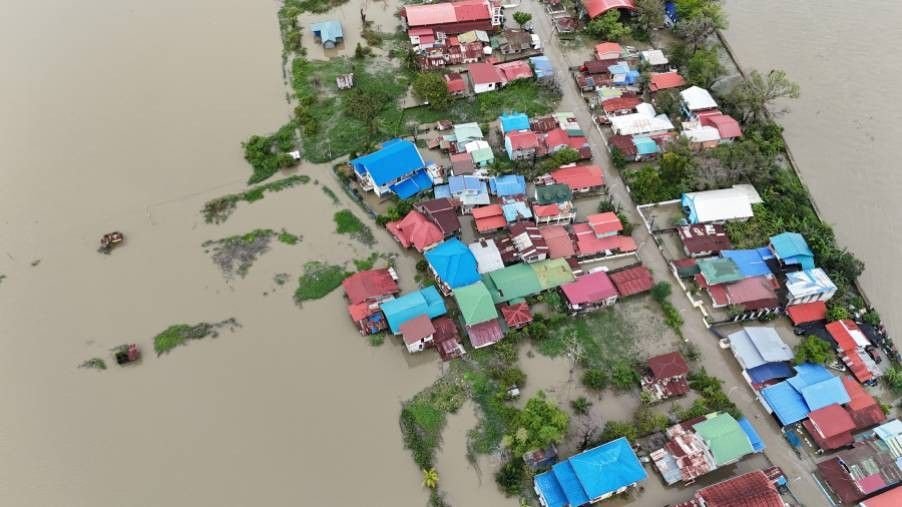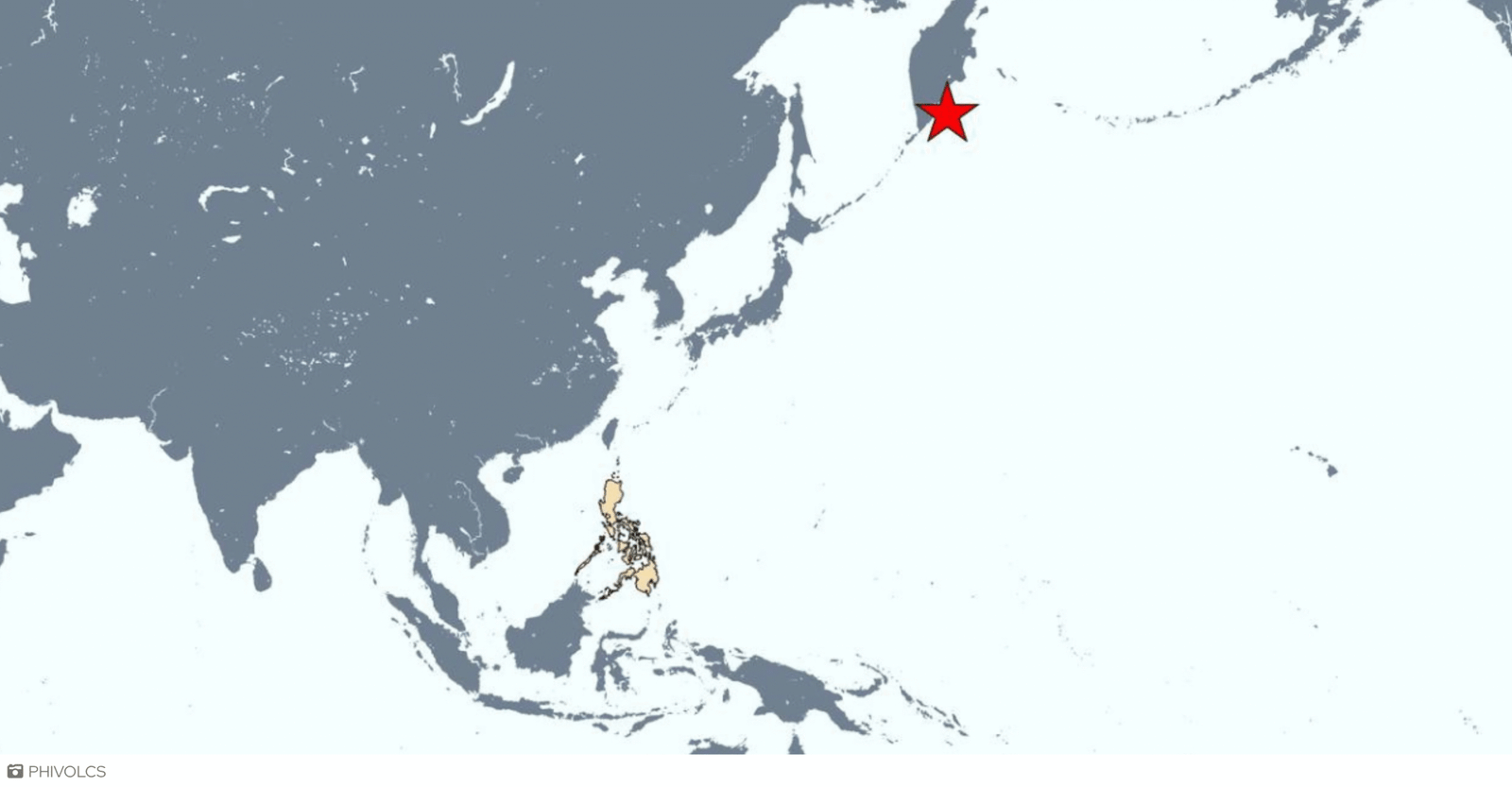A relentless barrage of torrential rain, floods, and landslides has left at least 34 people dead across the Philippines, as the country reels from the devastating impact of the southwest monsoon (habagat) compounded by three tropical cyclones.
Authorities say more than 6.6 million Filipinos have been affected as the monsoon rains, amplified by typhoons Crising (Wipha), Dante (Francisco), and Emong (Co-May), battered large swathes of Luzon, Visayas, and Mindanao for over a week.
Dramatic aerial images from Bulacan province showed entire villages submerged, rooftops peeking above murky floodwaters, and families wading through waist-deep waters carrying children and meager belongings.
“We had to climb onto our roof in the middle of the night,” one resident of Calumpit told reporters. “The water just kept rising. We were terrified.”
According to the National Disaster Risk Reduction and Management Council (NDRRMC), 34 fatalities have been reported, though only two deaths have so far been confirmed. The rest are still being verified. Seven people remain missing, and at least 18 others are injured.
Evacuations on Massive Scale
More than 113,000 people are now living in evacuation centers, while tens of thousands more have sought shelter with relatives or in makeshift camps.
Across the country, 526 barangays reported flash floods, while 30 separate landslides have cut off access to remote areas and trapped hundreds in mountain communities.
Infrastructure in Ruins
Entire road networks have been wiped out, with the NDRRMC reporting damage to 586 roads and 35 bridges. The total estimated infrastructure damage now stands at a staggering ₱7.36 billion, affecting Regions 1, 2, 3, 5, 6, 10, CALABARZON, MIMAROPA, CAR, and even the Negros Island Region.
In scenes reminiscent of the country’s worst weather disasters, 15,220 homes have been damaged—many of them flattened or swept away entirely.
“This is one of the worst flooding events we’ve had in years,” a provincial disaster officer told local media. “We’re working around the clock to restore power, clear roads, and get food to isolated areas.”
Agriculture Hit Hard
The country’s farmers and fisherfolk have suffered crippling losses. Agricultural damage is pegged at over ₱1.67 billion, including nearly 50,000 hectares of destroyed crops and over ₱509 million in livestock and fisheries losses.
An estimated 50,772 agricultural workers are affected, with fears that rural livelihoods could take months—if not years—to fully recover.
Government Response
President Ferdinand “Bongbong” Marcos Jr. has yet to make a formal address on the flooding crisis, but officials say the national government is “mobilizing all available resources” to support relief and rescue operations.
In the meantime, local governments are appealing for donations, boats, food packs, and fuel to continue operations in remote areas.
As the rains begin to subside in some areas, residents are returning to find homes buried in mud, livestock drowned, and crops completely wiped out. Cleanup operations are underway, but with more rain forecast in the coming days, authorities are urging the public to remain on high alert.








